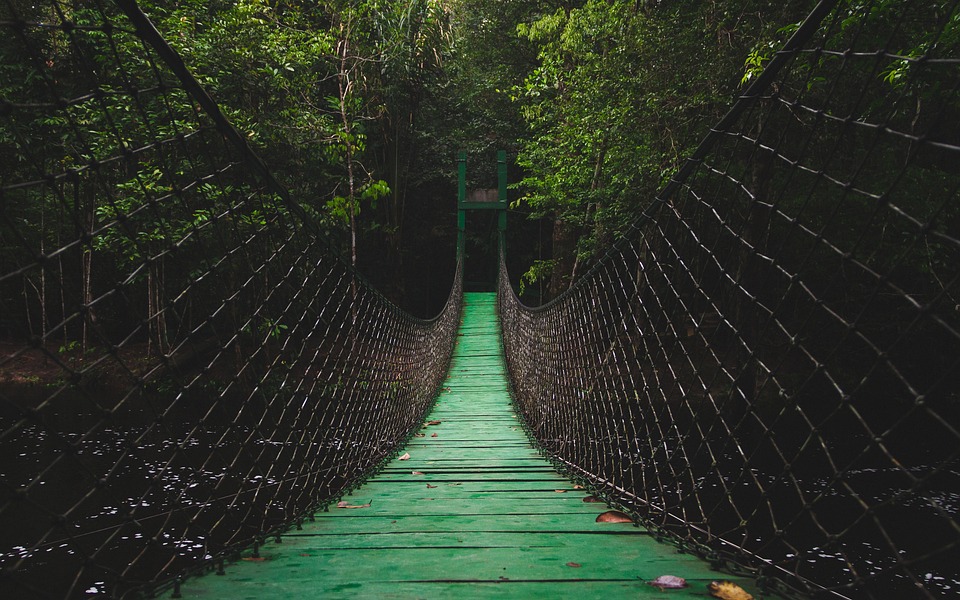Introduction
Surviving in the Arctic during cold weather camping requires proper preparation and knowledge of essential survival skills. With extreme temperatures and challenging conditions, it is crucial to follow expert advice to ensure a safe and enjoyable experience. In this article, we will delve into the world of cold weather camping in the Arctic and provide expert tips to help you stay warm, healthy, and prepared. Whether you’re a seasoned adventurer or a novice camper, these tips will be invaluable in your arctic expedition.
Gear and Clothing
When it comes to gear and clothing, packing the right items is vital for surviving in the Arctic. Here are some essential considerations:
– Layering is key: Dress in multiple layers of clothing to trap air and provide insulation. Base layers should be moisture-wicking, followed by insulating layers, and topped with windproof and waterproof outer shells.
– Invest in quality gear: Opt for a high-quality and well-insulated sleeping bag rated for extreme temperatures. A warm and reliable tent designed for cold weather camping is also essential.
– Protect your extremities: Use warm hats, gloves, and thick wool socks to keep your head, hands, and feet warm and protected from frostbite.
– Don’t forget eye and face protection: Wear goggles or sunglasses to shield your eyes from sun glare and snow blindness, and use a balaclava or scarf to cover your face in extreme cold.
Food and Hydration
Maintaining proper nutrition and hydration is essential for staying strong and energized in the Arctic. Consider the following:
– Calorie-rich meals: Pack high-calorie and easy-to-prepare meals that provide the necessary energy to keep your body warm.
– Stay hydrated: Even in cold weather, dehydration can occur. Drink plenty of fluids, warm liquids, and consume water-rich foods to stay hydrated.
– Avoid alcohol and caffeine: These substances can dehydrate your body, interfere with your sleep, and impair your ability to regulate body temperature.
– Pack additional emergency rations: Always carry extra food in case of unexpected delays or emergencies.
Survival Skills and Safety
Having essential survival skills and prioritizing safety measures will significantly increase your chances of successfully navigating the Arctic’s extreme conditions:
– Learn navigation techniques: Familiarize yourself with map reading, using a compass, and GPS devices. Always have a backup navigation plan.
– Understand ice safety: Learn how to assess ice thickness and identify potentially dangerous areas. Carry ice picks and a throw bag for ice rescue.
– Build a snow shelter: Master the art of building an insulated snow shelter, such as an igloo or a snow cave, to provide warmth and protection from the elements.
– Winter travel techniques: Learn how to safely traverse snow and ice, including techniques like snowshoeing, skiing, and proper use of crampons.
– Emergency communication: Carry a reliable communication device, such as a satellite phone or a personal locator beacon (PLB), to call for help in case of an emergency.
Cold-Related Injuries and First Aid
Understanding cold-related injuries and knowing how to administer first aid in extreme cold is crucial. Here are some important considerations:
– Frostbite prevention: Protect exposed skin and extremities, recognize the early signs of frostbite (numbness, tingling), and seek medical attention if required.
– Hypothermia prevention: Dress in dry, warm clothing and take shelter in extreme cold. Learn to recognize and address the symptoms of hypothermia, such as shivering and confusion.
– Cold burns and injuries: Be aware of the risk of cold burns from touching metal objects with bare skin and take precautions. Carry a well-stocked first aid kit.
FAQs
Q: How cold does it get in the Arctic?
A: The Arctic experiences extreme cold, with temperatures frequently dropping below freezing and occasionally reaching as low as -50 degrees Celsius (-58 degrees Fahrenheit).
Q: Are open fires safe in the Arctic?
A: Open fires can present challenges in the Arctic due to freezing temperatures and difficulties in finding dry fuel. It is generally recommended to use a portable stove for cooking and to avoid open fires.
Q: What are the dangers of carbon monoxide poisoning in a tent?
A: Using fuel-burning appliances inside the tent can lead to carbon monoxide poisoning, as the gas cannot dissipate. It is crucial to properly ventilate your tent or use cooking equipment designed for indoor use.
Q: Should I worry about polar bears while camping in the Arctic?
A: In some areas of the Arctic, encountering polar bears is a possibility. Familiarize yourself with the local regulations and take necessary precautions, such as carrying deterrents and staying in designated campsites.
Q: How do I prepare for whiteout conditions?
A: Whiteout conditions occur when snow and clouds create a complete lack of visibility. Always carry a compass, GPS, and maps and be prepared to set up camp and wait for the weather to improve.





